Les dejo un sitio web con algunas fotos interesantes exhibidas por el sitio Boston.com. Es una selección de fotos que dan cuenta de diversos aspectos de las drogas en diversos países, desde las consecuencias del consumo en adictos, los operativos policiales anti droga, los decomisos, etc.
Algunas imagenes son fuertes, y están descritas en un inglés que puede ser leido por cualquiera.
El enlace original es este:
http://www.boston.com/bigpicture/2009/10/2009_un_world_drug_report.html
Saludos
Nelson
2009 UN World Drug report
The 2009 United Nations World Drug report, released earlier this year, notes that 2009 marks "the end of the first century of drug control (it all started in Shanghai in 1909)", and that the illicit drug market worldwide has now become a $320 billion-per-year industry. As drug-related violence in Mexico appears to continue unabated, and crackdowns in Afghanistan are being made against its massive opium crops, new efforts are also being made worldwide in methods of enforcement and treatment of recovering addicts. Collected here are a handful of recent images from the rough world of illegal drugs across the globe. (37 photos total)

Heroin addict Ganamgul complains that his body is in pain going through withdrawal on the second day of the detox program, after 17 years of addiction, at the Kabul Drug Treatment and Rehabilitation Center September 28, 2009 in Kabul, Afghanistan. Since the center opened in May 2009 it has rehabilitated over 400 addicts in its 100 bed facility with temporary funding from International Organization of Migration (IOM) and help from the Ministry of Public Health (MoPH). The program lasts for 45 days combining both detox and rehabilitation. The center houses the 2 leading organizations that offer detox programs, Wadan and Nejat. A US Department of State report 2009 states that there are an estimated two million drug users in the country with at least 50-60,000 drug addicts in Kabul alone. (Paula Bronstein/Getty Images)
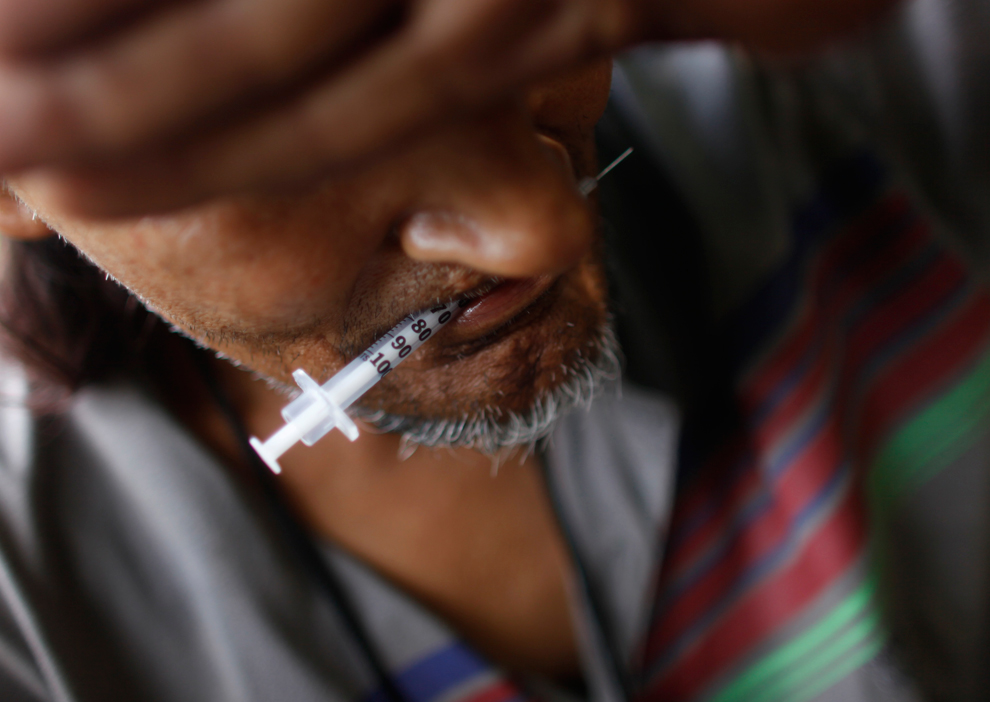
A heroin addict holds a used syringe in his mouth after shooting up in an abandoned lot in San Juan, Friday, July 31, 2009. Some of the South American heroin trafficked through Puerto Rico en route to the United States is sold locally, which has led to an island-wide epidemic, according to health and law enforcement officials. (AP Photo/Brennan Linsley) #

Colombian navy soldiers lay out packages of seized cocaine in Golfo de Uraba August 20, 2009. At least 3.4 tons of cocaine were confiscated and three people were arrested, one of them injured by Colombian navy troops, during a raid in Punta Arenas, Golfo de Uraba, on the border with Panama, authorities said. (REUTERS/Navy Press) #
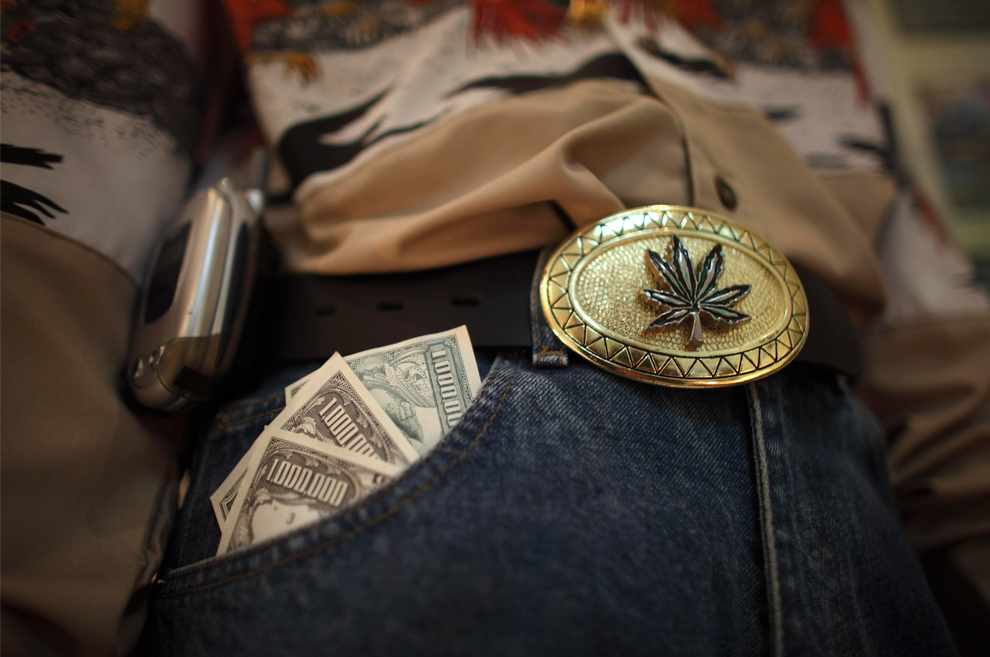
A mannequin dressed as a stereotypical drug smuggler is displayed at the drug museum inside the Secretary of Defense headquarters in Mexico City, Thursday Aug. 6, 2009. The museum is used by the Mexican army to teach soldiers the ways drug smugglers operate and live. (AP Photo/Dario Lopez-Mills) #

In a picture taken on July 3, 2009, a Thai drug addict patient walks out from a herbal steaming room at the Thamkrabok Monastery in Phraputthabat, around 140 km north of Bangkok, Thailand. Growing numbers of desperate drug and alcohol abusers - from Thailand and around the world - are visiting the extreme detox and rehab centre at Thamkrabok Monastery after failing to find other effective conventional treatments. (NICOLAS ASFOURI/AFP/Getty Images) #
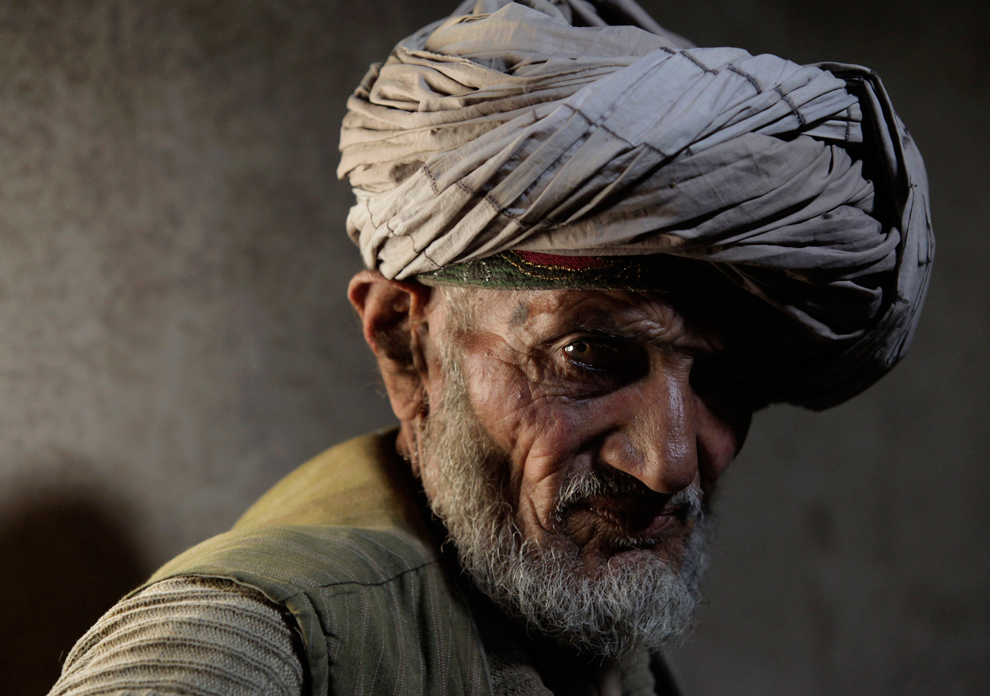
Sarab village resident and opium addict Islam Beg talks about his living conditions after having an early morning smoke in the Badakhshan province of Afghanistan on July 13, 2009. "I don't have a life. I don't have anything. It's finished. Everything was spent on opium," he said. In dozens of mountain hamlets in this remote corner of Afghanistan, opium addiction has become so entrenched that whole families - from toddlers to old men - are addicts. (AP Photo/Julie Jacobson) #
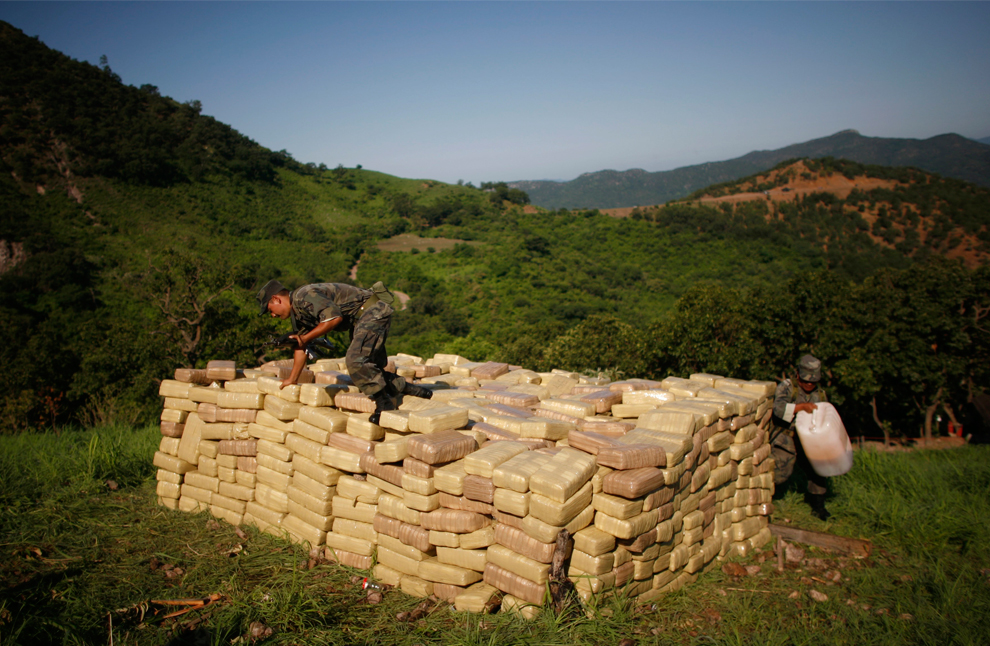
Mexican soldiers prepare to burn packets of marijuana during an operation near a clandestine methamphetamine drug laboratory in Tamazula, Mexico, Monday, Aug 10, 2009. According to federal law enforcement authorities, the lab had the capacity to produce about one ton of methamphetamine, or crystal meth, each week. (AP Photo/Miguel Tovar) #

Alleged drug trafficker Juan Daniel Carranco Salazar looks on as he is presented to the media in Mexico City, Monday, Aug, 10, 2009. Carranco and other suspects were detained during an operation in Cancun, Mexico. Salazar was arrested along with two associates in Cancun Monday, and soldiers seized six pistols and a kilogram (2.2 pounds) of cocaine from the suspects. He was ordered held pending investigation.(AP Photo) #
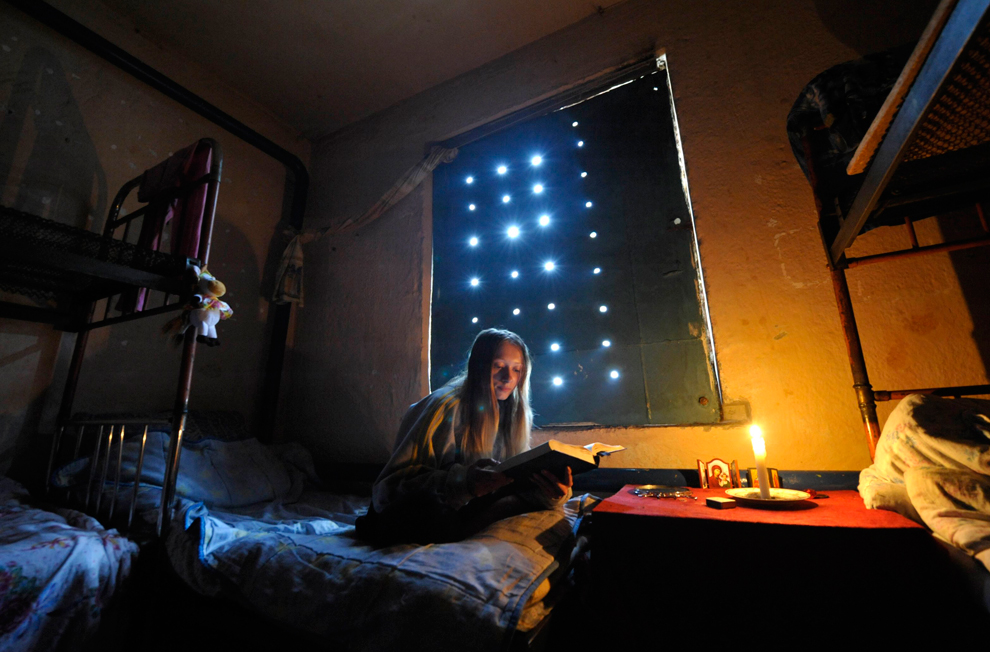
A recovering drug user reads a book in the dormitory of the women's branch of "The City Without Drugs" rehabilitation centre in the Ural city of Alapayevsk, some 180 km (112 miles) of Yekaterinburg, Russia on August 29, 2009. The center was opened in 1999 to cure drug addicts who have voluntarily decided to fight narcotic dependency. An average medical course, mostly based on psychological treatment, stipulates a one-year confinement. (REUTERS/Konstantin Salomatin) #
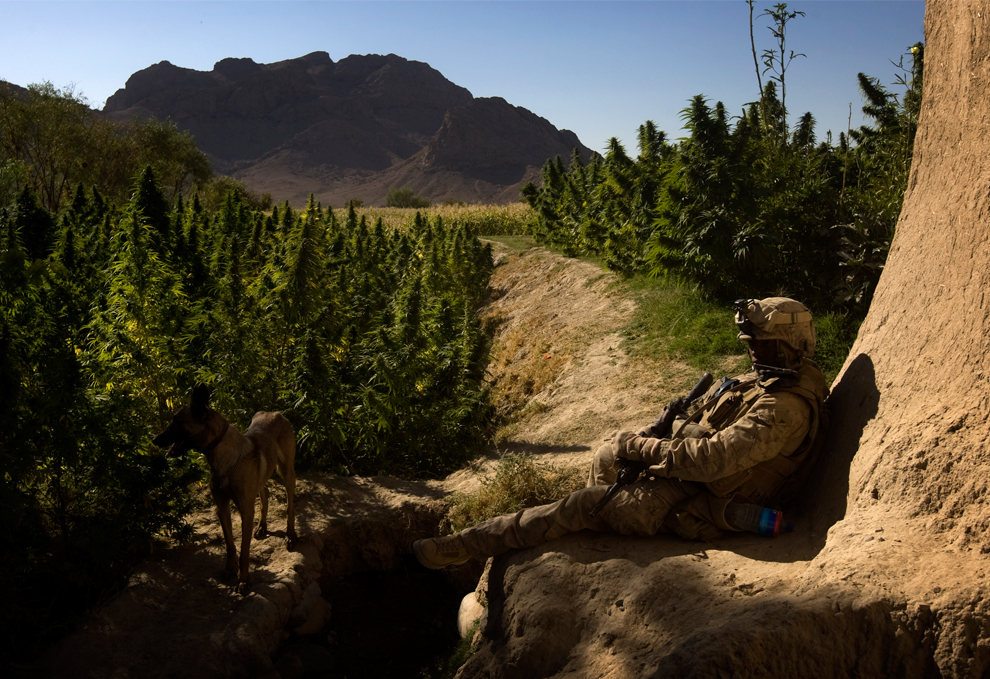
A US Marine dog handler attached to Fox Company 2nd Battalion 3rd Marines takes a break from patrolling beside a field of marijuana during day three of Operation Germinate into the restive Bhuji Bhast Pass in Farah Province, southern Afghanistan, on October 9, 2009. (DAVID FURST/AFP/Getty Images) #
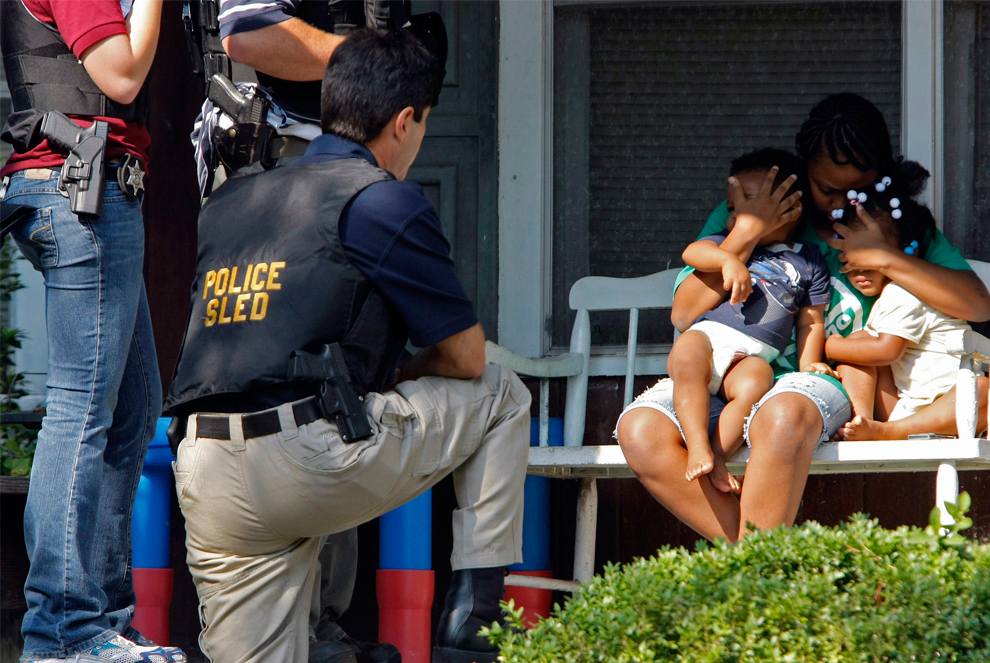
A law enforcement official talks to unidentified people during a round-up in Columbia, S.C. on Tuesday, Aug. 11, 2009. Federal and local agents charged more than 100 people with federal drug, weapon and immigration violations in what they are calling a vast conspiracy in South Carolina. (AP Photo/The State, Erik Campos) #

Police officers from the district of Ar Gul, swing away with long sticks to eradicate a patch of illegally grown opium poppies in the Badakhshan province of Afghanistan on July 16, 2009. Two years ago, opium - the raw ingredient used to make heroin - was grown on nearly half a million acres in Afghanistan, the largest illegal narcotics crop ever produced by a modern nation. A government crackdown on poppy cultivation has spelled economic disaster for many communities throughout the country. (AP Photo/Julie Jacobson) #

A recovering drug addict stands in a doorway at the CDLDA rehab center in Ciudad Juarez, Mexico, Thursday, Sept. 10, 2009. Mexico's burgeoning drug trade has fed a growing drug abuse problem, particularly in border cities where gangs have a heavy presence. Scores of rehabilitation centers have opened their doors in recent years but after gunmen stormed into a rehab center in Ciudad Juarez last week, federal authorities are investigating if some of these clinics are also being used as recruiting and training centers by drug cartels. (AP Photo/Guillermo Arias) #

The body of an unidentified man hangs from his neck under a bridge on the old Rosarito highway as authorities stand by in Tijuana, Mexico, Friday, Oct. 9, 2009. Authorities found the dead man beaten, naked and castrated, and have not identified him but believe he is Rogelio Sanchez, a Baja California state government official who went missing this week. No suspects were named. (AP Photo/Guillermo Arias) #

A policeman puts his hand in a bag containing dozens of spent bullet casings that he helped collect from the Morro dos Macacos slum after a shootout between drug gangs, in Rio de Janeiro, Brazil on October 17, 2009. A police helicopter was shot down by the gangs when it tried to intervene in the battle, leaving two policemen killed and two injured in the crash. (REUTERS/Ricardo Moraes) #
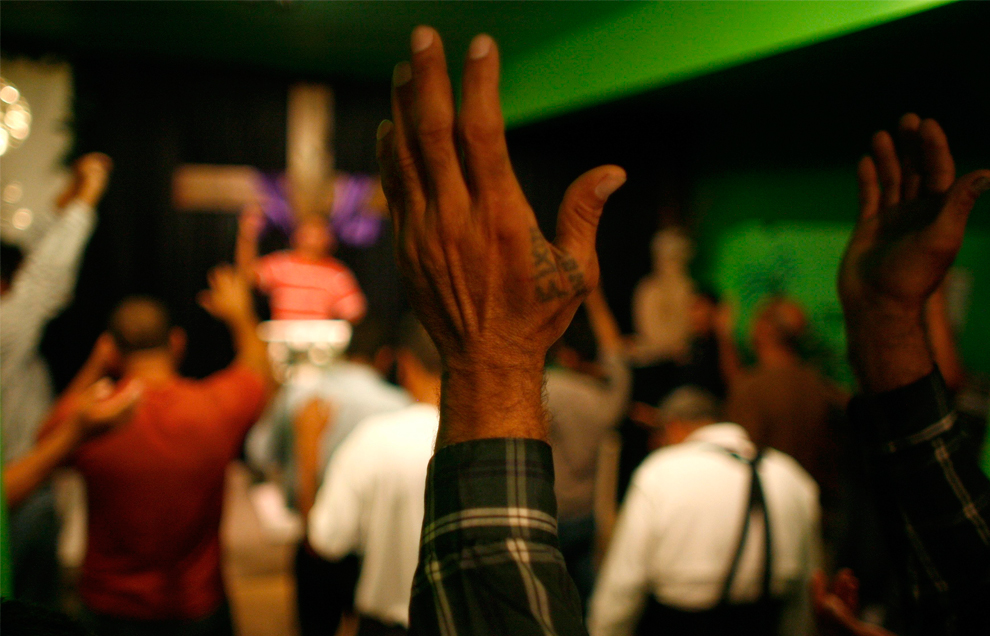
A recovered heroin addict raises his hands as he and others participate in a praying session at the "Outcry in the Barrio" ministry in the border city of Ciudad Juarez, Mexico on September 9, 2009. The ministry helps drug addicts, alcoholics and prostitutes to transform their lives through praying to reach detoxification. Drug gangs have targeted rehab centers in the past, accusing them of protecting dealers from rival groups. (REUTERS/Tomas Bravo) #
--
Nelson Carrillo Rios.
Periodista
Asesor Comunicacional CONACE, Región de La Araucanía.
Fono: (45) 95 50 30 - Cel: 977 941 09
Email: ncarrillor@conace.gob.cl; cc: comunicacionesaraucania@gmail.com
==
Este mensaje puede contener información PRIVILEGIADA y/o CONFIDENCIAL. Si usted no es el destinatario previsto queda prohibido cualquier uso, difusión, acceso o copia de esta comunicación.
El poseedor de esta cuenta es Periodista y la puede utilizar para el envio de noticias a todos los medios, sin que por ello signifique vínculo laboral o ideológico alguno.

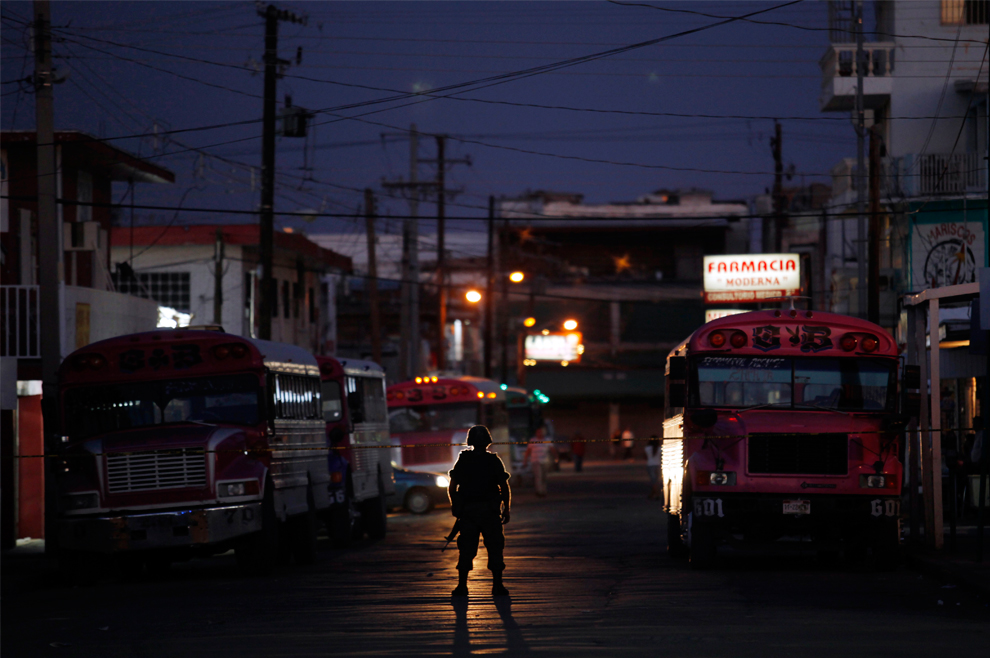
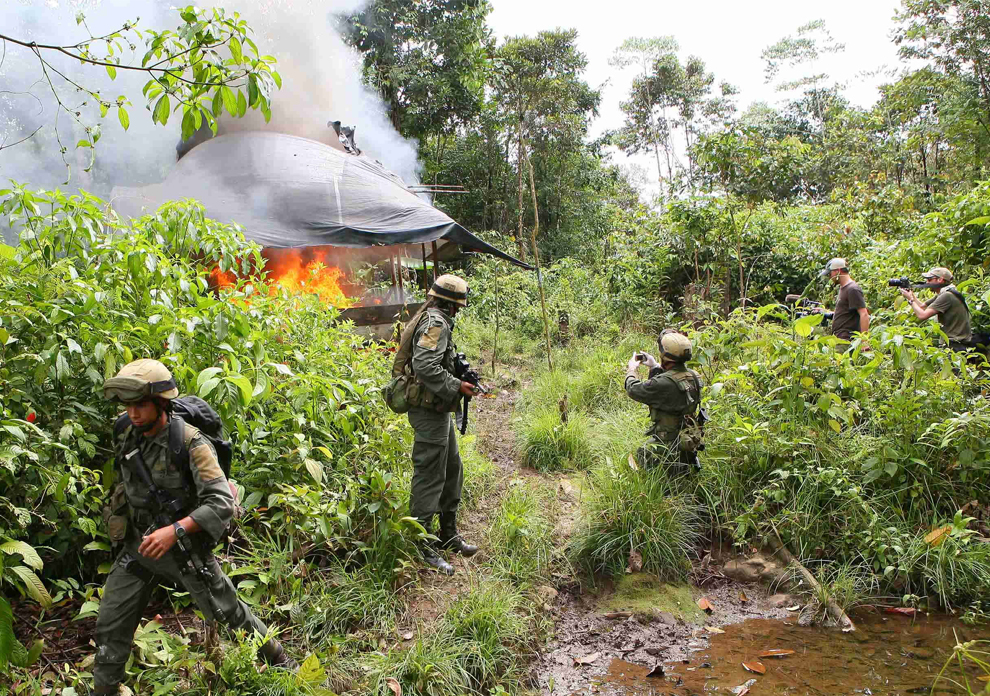
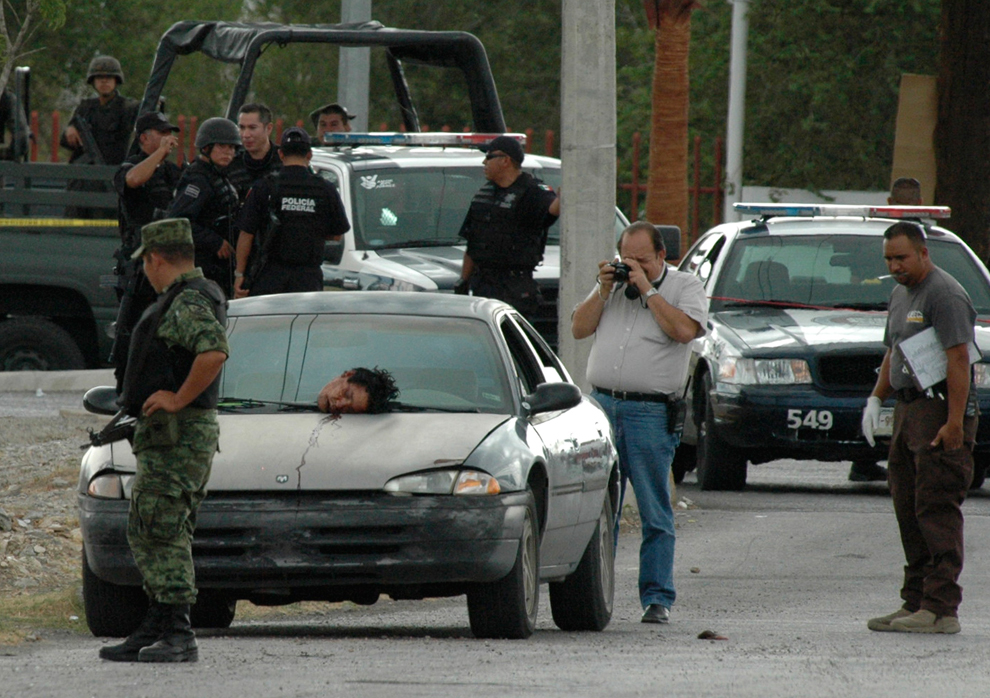
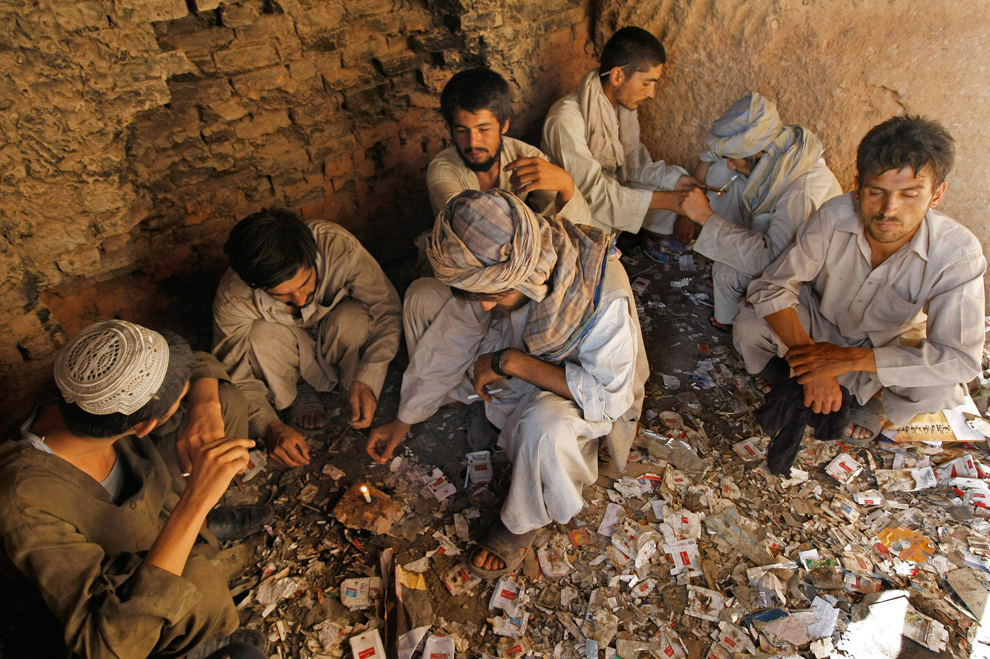


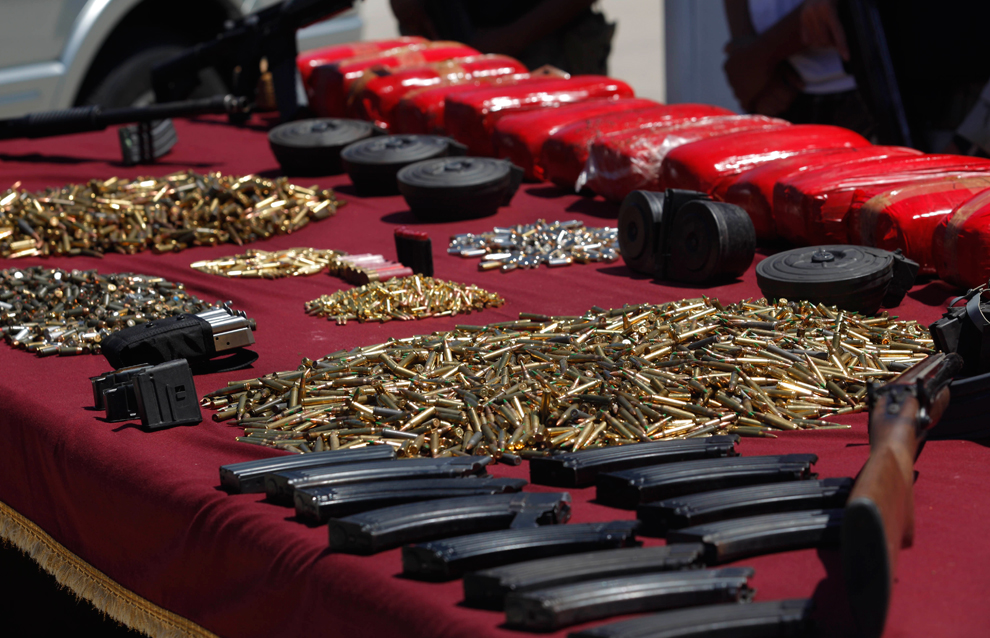
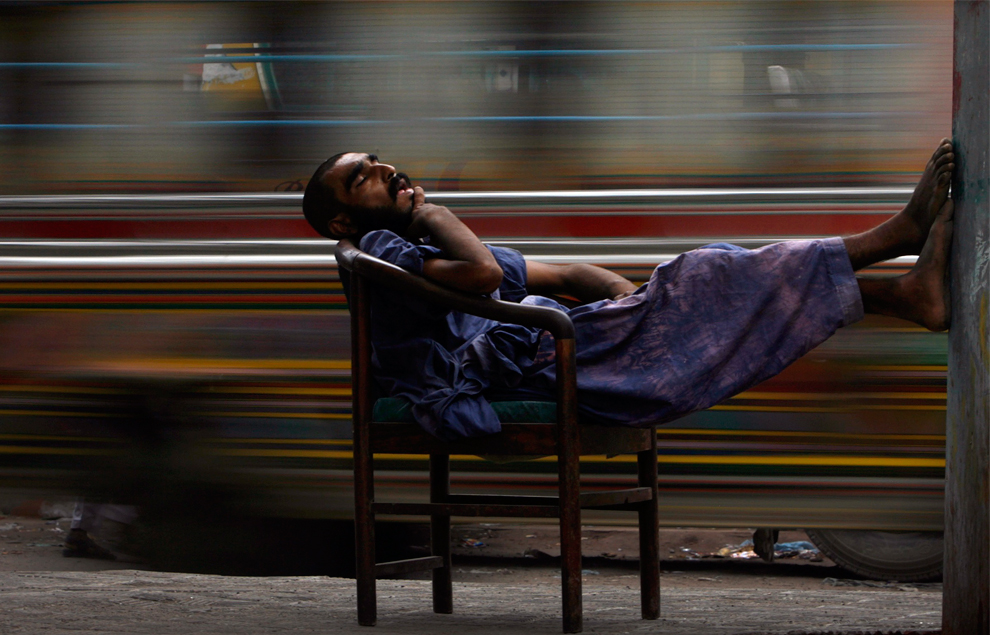
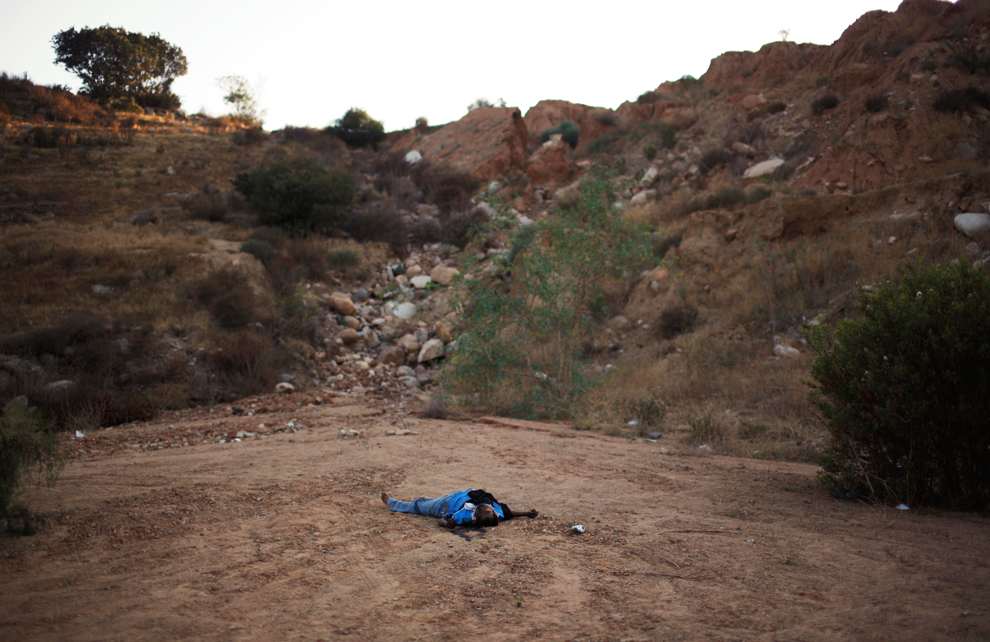
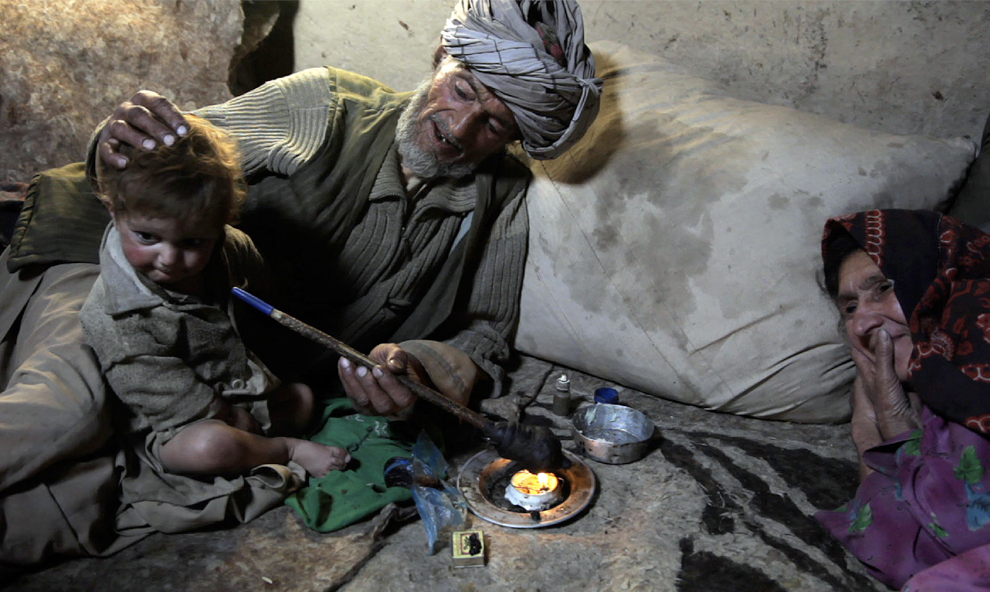
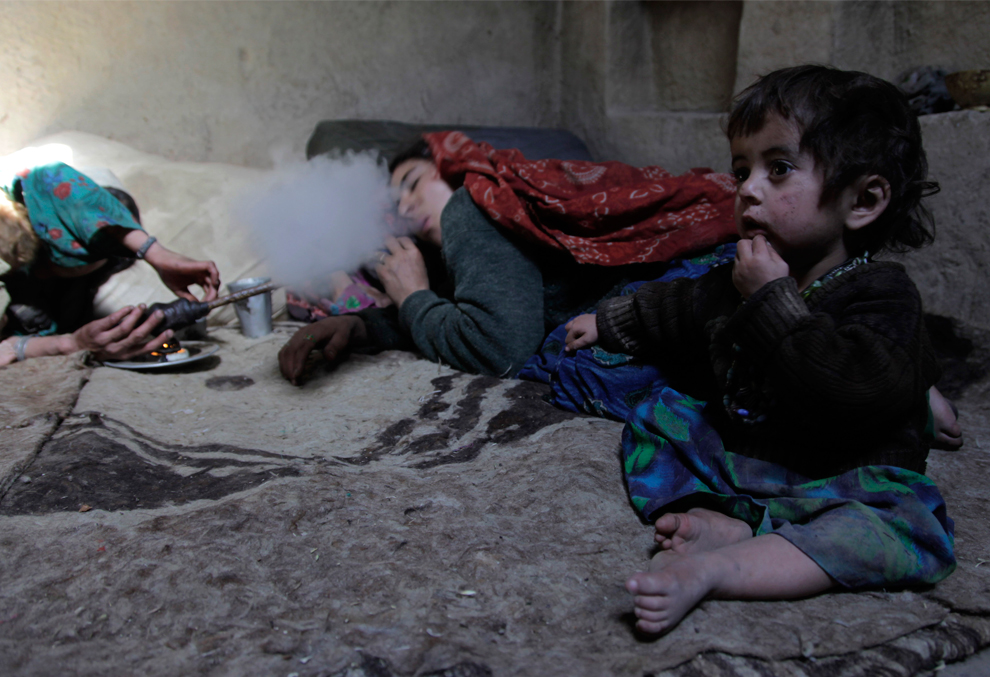
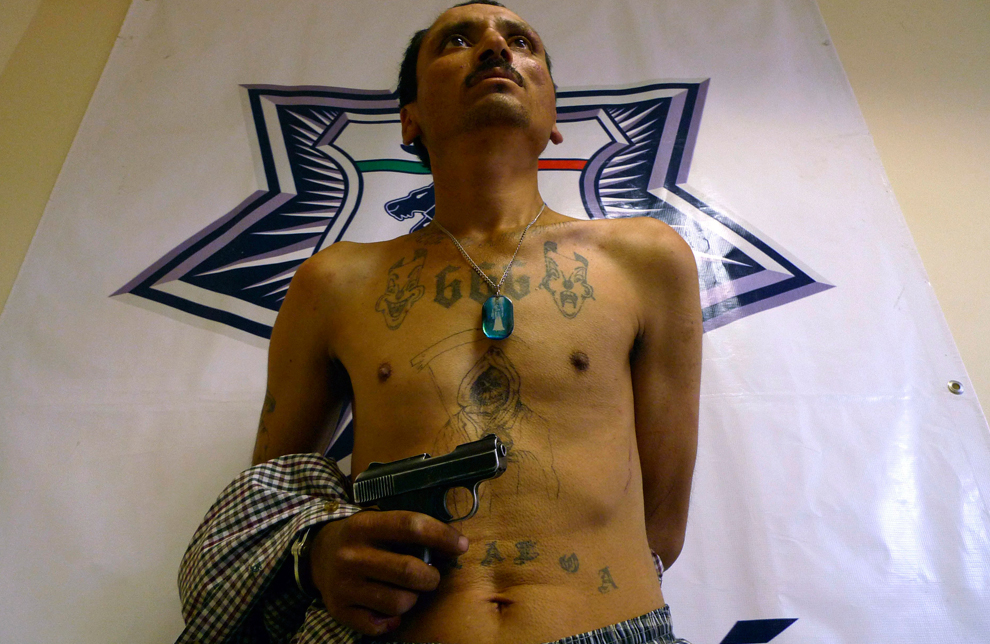
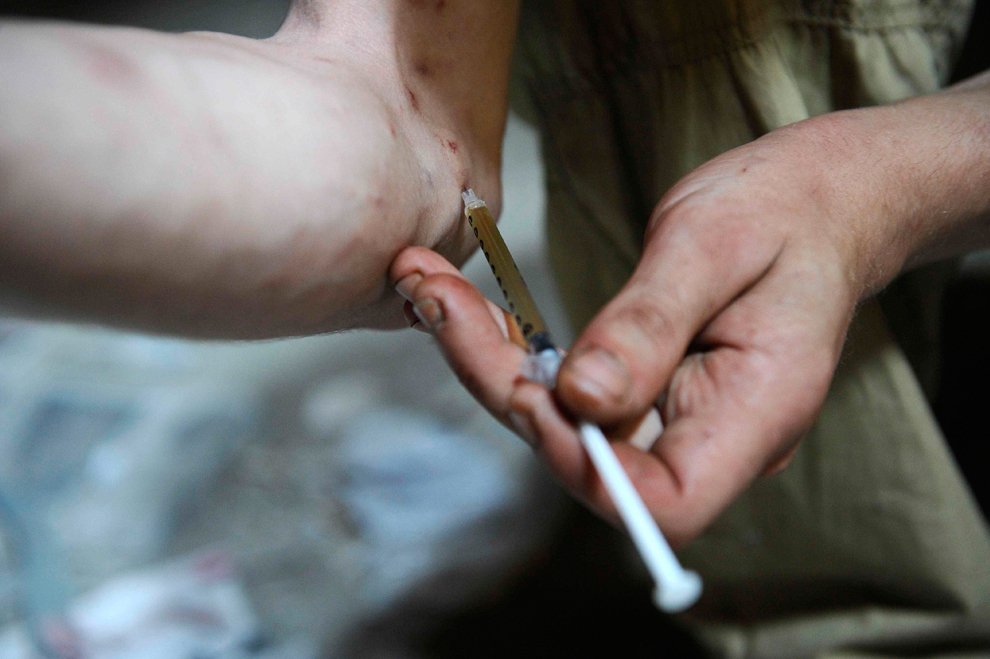
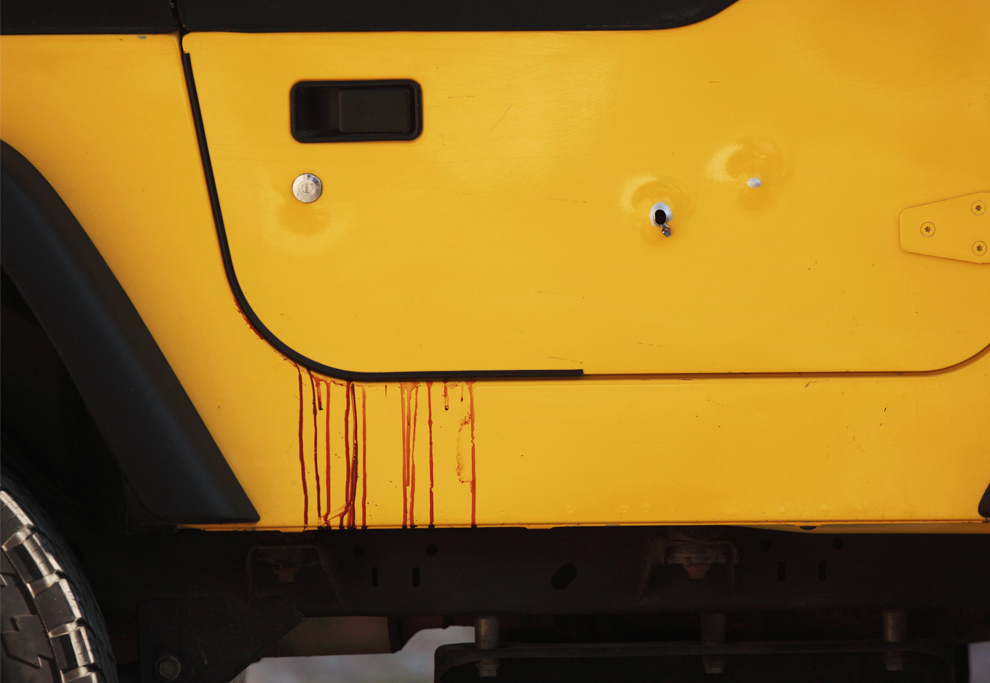
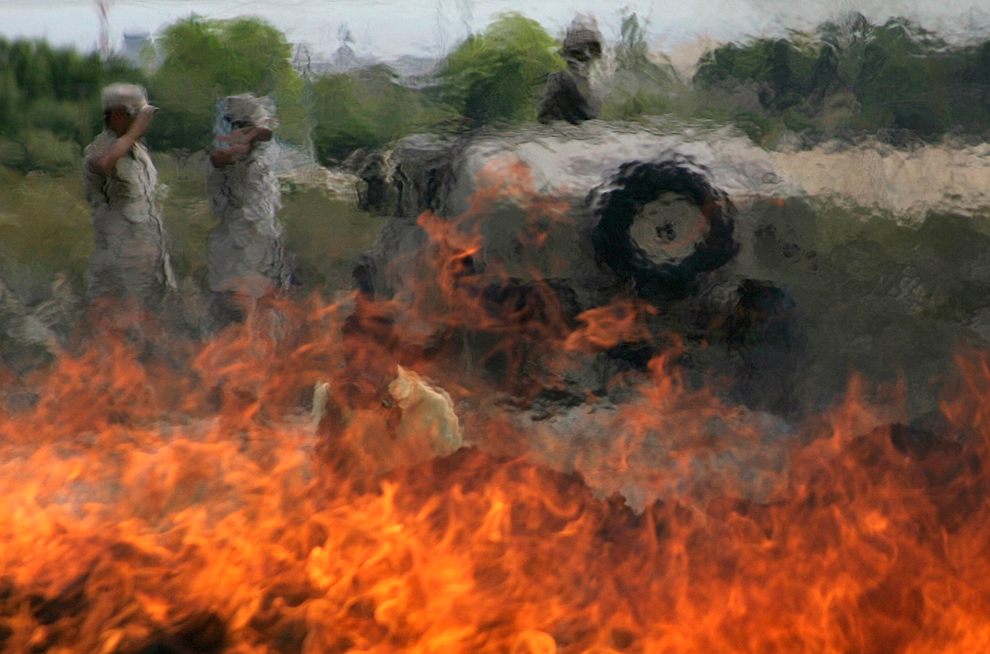
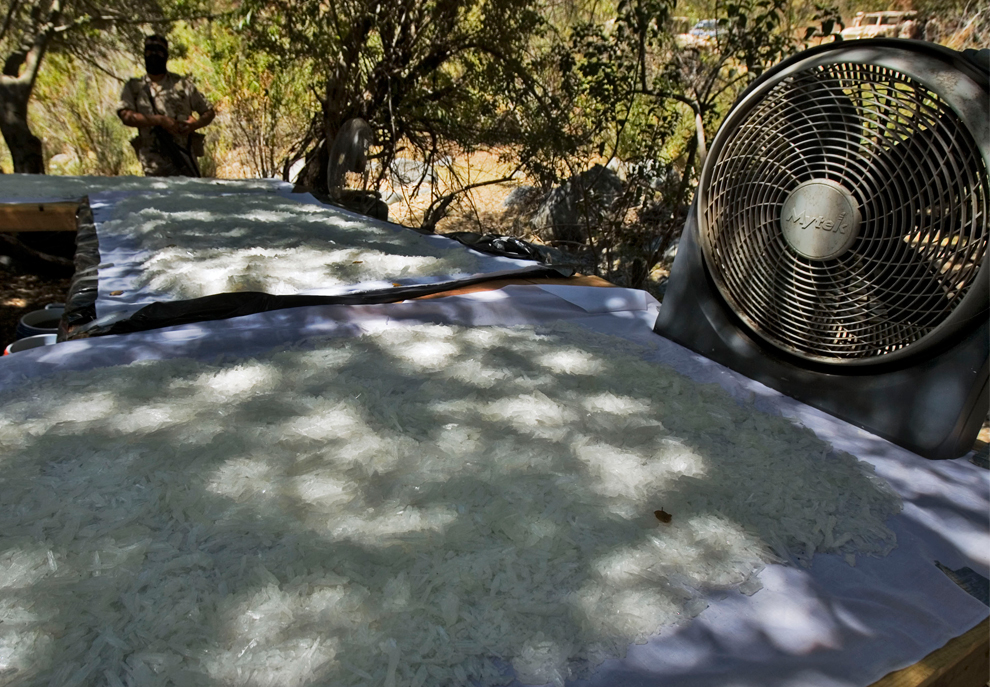
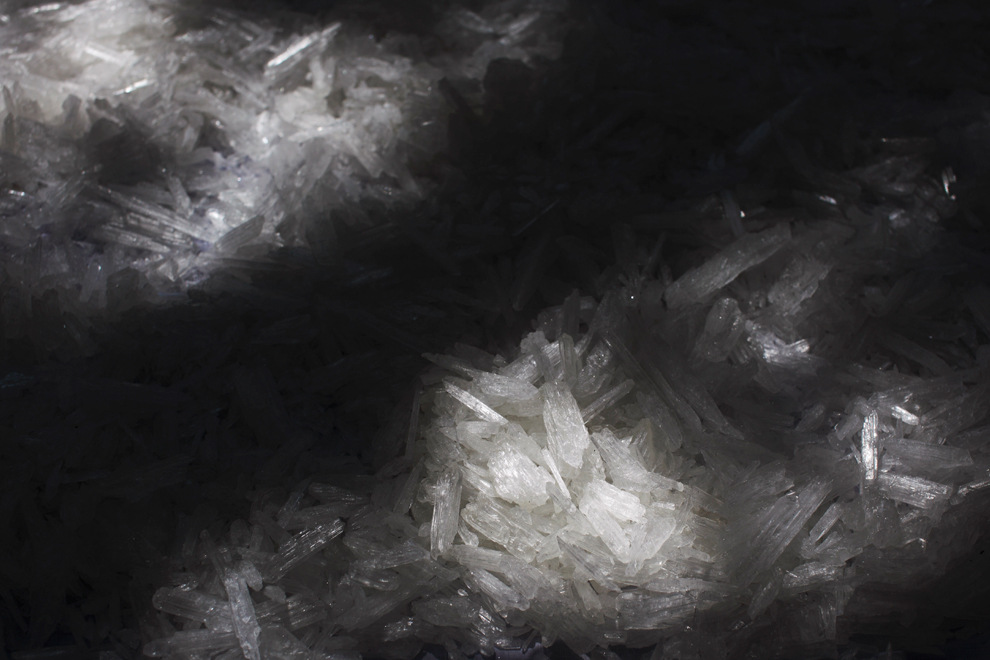

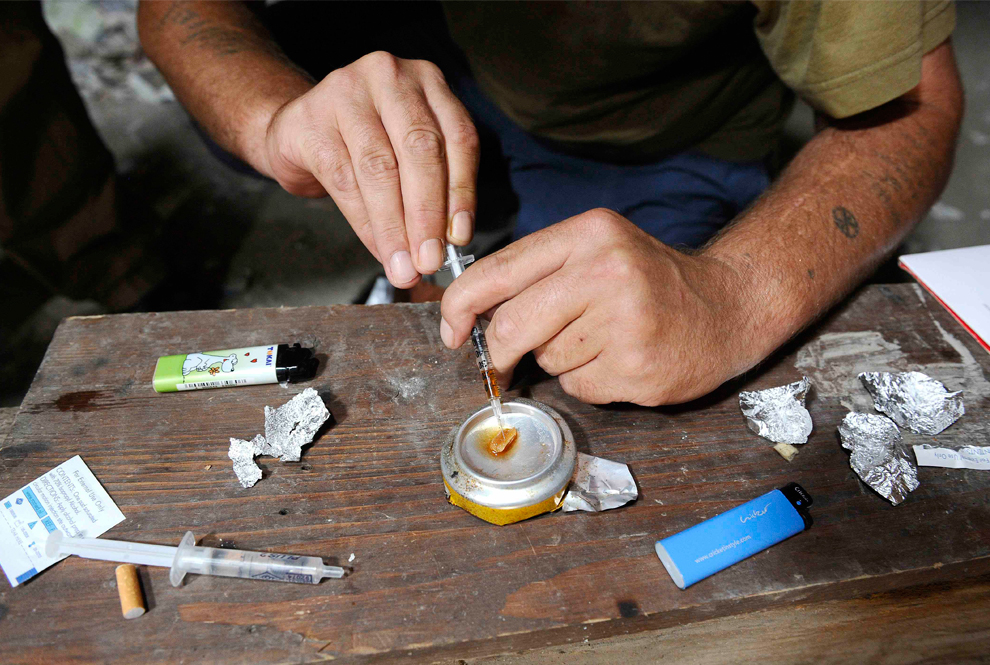
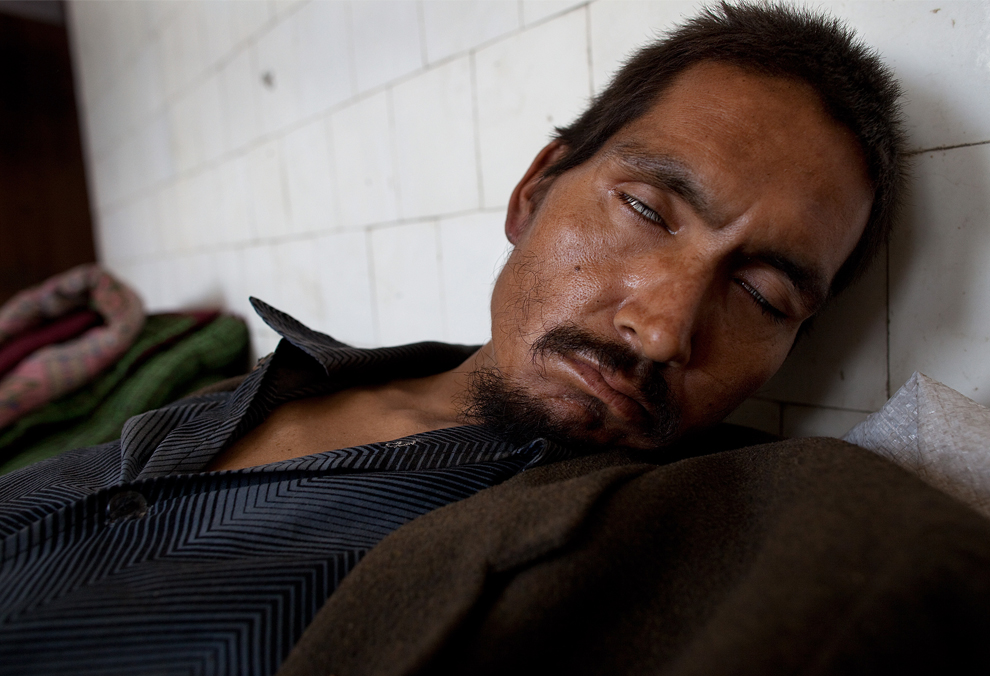
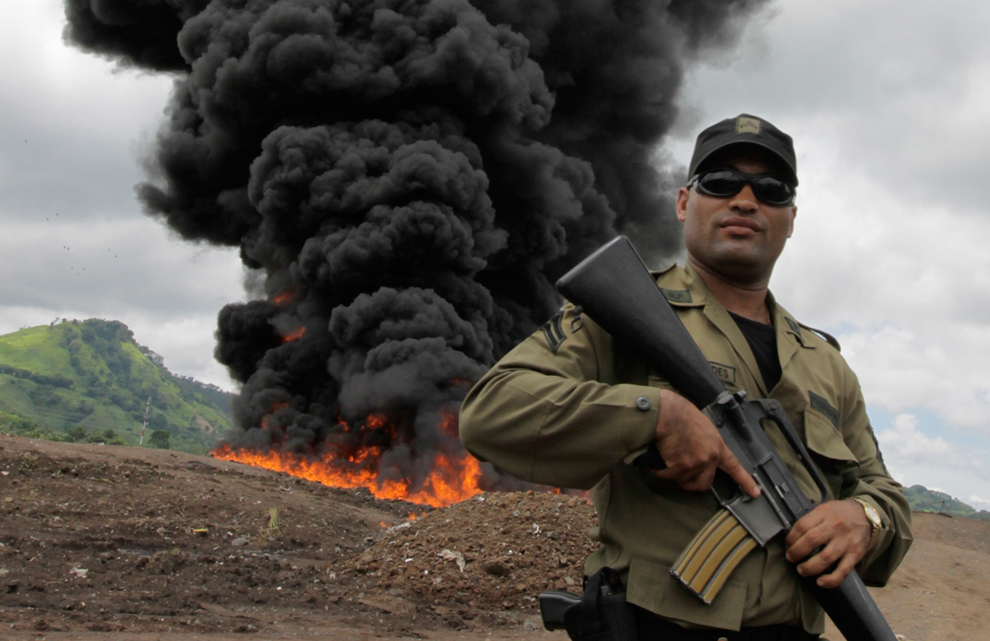
No hay comentarios:
Publicar un comentario
Nota: solo los miembros de este blog pueden publicar comentarios.